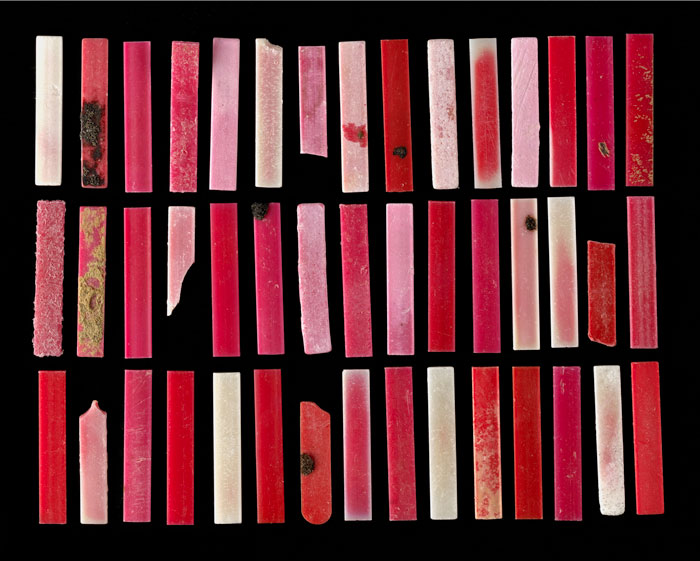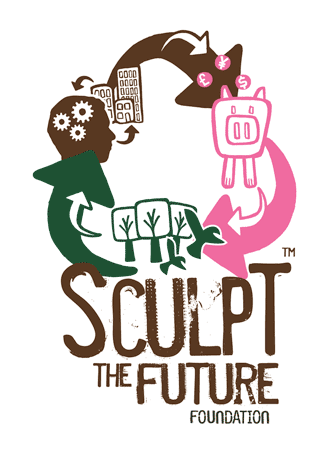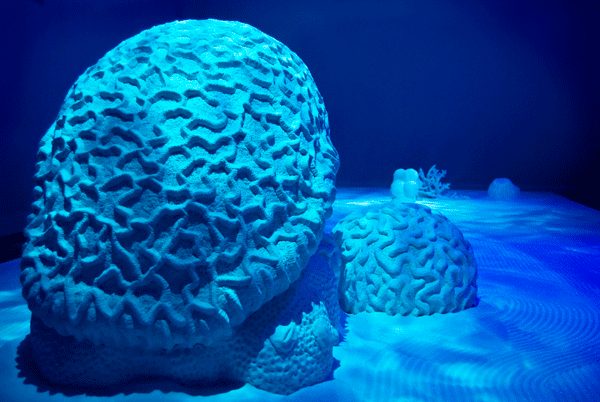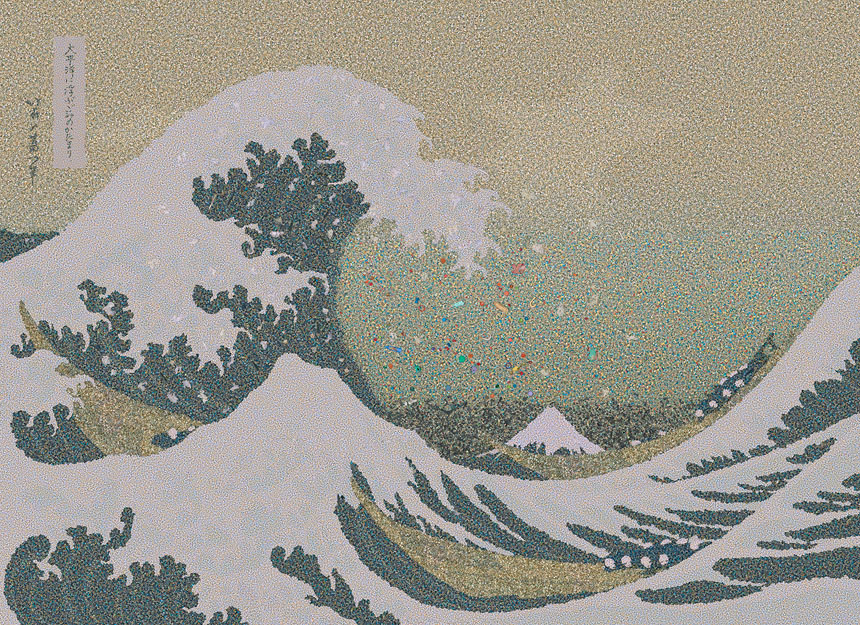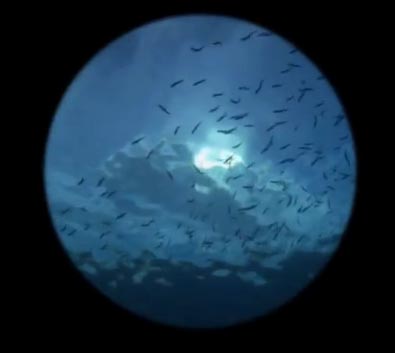The Silent Evolution
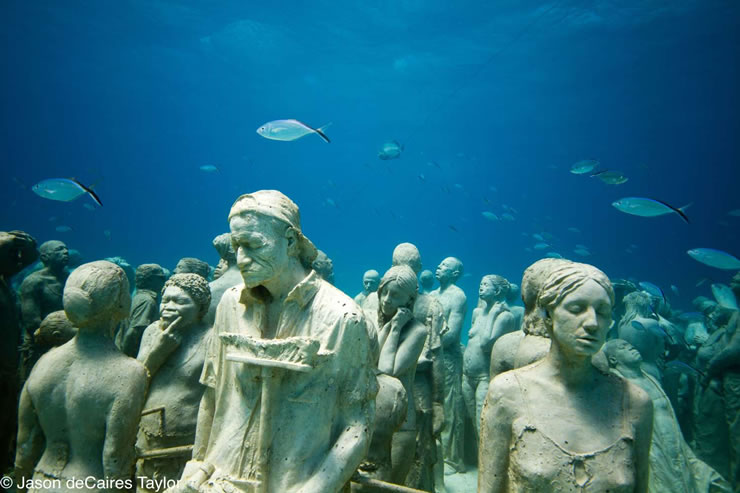
The Silent Evolution is a permanent underwater installation of 400 life-size sculptures off the coast of Cancun, Mexico. Artist Jason de Caires Taylor‘s work is both functional and poetic – the sculptures, taken from casts of people of all walks of life, also function as artificial reefs thereby contributing to the restoration of the environment. With reef systems set to disappear with the advent of climate change, these works present an optimistic and thoughtful response. Visitors to the installation can swim between the sculptures and experience the unique play of light and perspective that come from an underwater setting. Over time the work will change with the ocean environment in a silent evolution of materials responding to natural forces.

